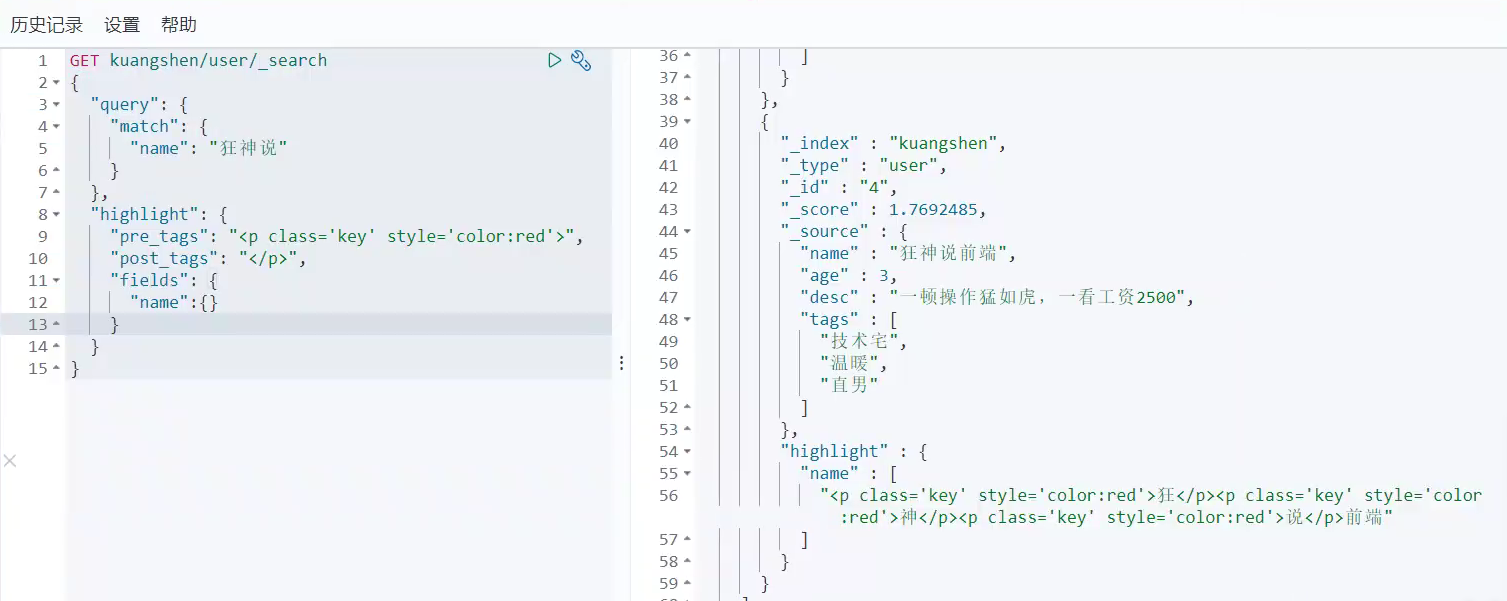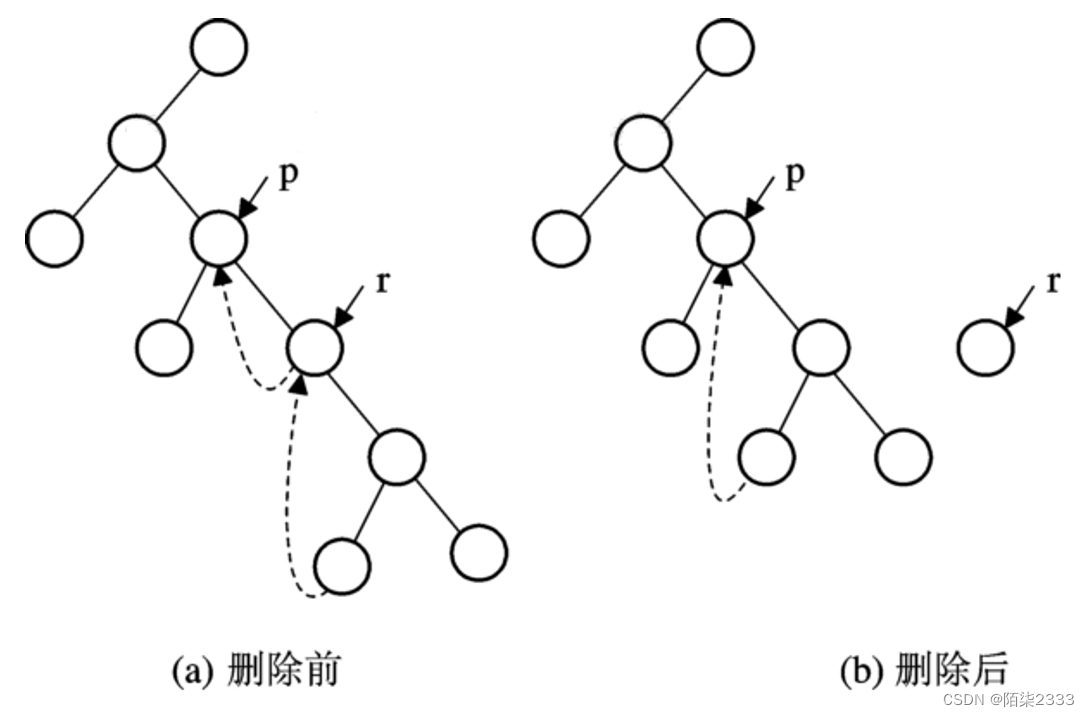目录
- 一、简介
- 二、原理图
- 三、使用方法
- 四、实验现象
一、简介

HTU21D特性:HTU21D基于法国Humirel公司高性能的湿度感应元件制成,传感器输出标准IIC格式。同时具有很高的温度精度和湿度精度。HTU21专为低功耗小体积应用设计,具有很快的响应速度,极低的功耗,抗干扰能力强。
产品参数
工作电压:1.5-3.6V
功率:≤2.7uW
通信方式:IIC
BMP180特性
BMP180是一款高精度、小体积、超低能耗的压力传感器,内部集成了压阻式、ADC、EEPRM控制器、IIC控制器,绝对精度最低可以达到0.03hPa,并且耗电极低,只有3uA,可以通过IIC总线直接与各种微处理器相连。可以测量气压和高度。
产品参数
工作电压:1.8-3.6V
工作温度:-40℃~85℃
通信方式:IIC可达3.4MHz
压力范围:300-1100hPa
750FVI特性:750FVI是一款数字输出型环境光照强度传感器,内置16bitAD转换器,接近与视觉灵敏度的光谱灵敏度特性,光源依赖性弱(白炽灯,荧光灯,卤素灯,白光LED,日光灯),可对广泛的亮度进行一勒克斯的高精度测定,可以根据收集的光照强度数据来调整液晶或者键盘背景灯的亮度。
产品参数
工作电压:3-3.6V
工作温度:-40℃~85℃
光照强度范围:0-65535lx
通信方式:IIC
最小误差:±20%
二、原理图

三、使用方法
实验准备
| 温湿度气压光照传感器模块 | 1个 |
|---|---|
| 原装正版Arduino uno r3开发板 | 1个 |
| USB2.0打印机数据线高速方口连接转接线 A公对B公 | 1条 |
| 杜邦线 | 若干 |
接线
| Arduino | 温湿度气压光照传感器模块 |
|---|---|
| 3.3V | 3.3V |
| GND | GND |
| SCL | SCL |
| SDA | SDA |
如下图所示

程序下载
测量温度和湿度
*
HTU21D Humidity Sensor Example Code
By: Nathan Seidle
SparkFun Electronics
Date: September 15th, 2013
License: This code is public domain but you buy me a beer if you use this and we meet someday (Beerware license).
Uses the HTU21D library to display the current humidity and temperature
Open serial monitor at 9600 baud to see readings. Errors 998 if not sensor is detected. Error 999 if CRC is bad.
Hardware Connections (Breakoutboard to Arduino):
-VCC = 3.3V
-GND = GND
-SDA = A4 (use inline 10k resistor if your board is 5V)
-SCL = A5 (use inline 10k resistor if your board is 5V)
*/
#include <Wire.h>
#include "HTU21D.h"
//Create an instance of the object
HTU21D myHumidity;
void setup()
{
Serial.begin(9600);
Serial.println("HTU21D Example!");
myHumidity.begin();
}
void loop()
{
float humd = myHumidity.readHumidity();
float temp = myHumidity.readTemperature();
Serial.print("Time:");
Serial.print(millis());
Serial.print(" Temperature:");
Serial.print(temp, 1);
Serial.print("C");
Serial.print(" Humidity:");
Serial.print(humd, 1);
Serial.print("%");
Serial.println();
delay(1000);
}
测量温湿度和压力
/* SFE_BMP180 library example sketch
This sketch shows how to use the SFE_BMP180 library to read the
Bosch BMP180 barometric pressure sensor.
https://www.sparkfun.com/products/11824
Like most pressure sensors, the BMP180 measures absolute pressure.
This is the actual ambient pressure seen by the device, which will
vary with both altitude and weather.
Before taking a pressure reading you must take a temparture reading.
This is done with startTemperature() and getTemperature().
The result is in degrees C.
Once you have a temperature reading, you can take a pressure reading.
This is done with startPressure() and getPressure().
The result is in millibar (mb) aka hectopascals (hPa).
If you'll be monitoring weather patterns, you will probably want to
remove the effects of altitude. This will produce readings that can
be compared to the published pressure readings from other locations.
To do this, use the sealevel() function. You will need to provide
the known altitude at which the pressure was measured.
If you want to measure altitude, you will need to know the pressure
at a baseline altitude. This can be average sealevel pressure, or
a previous pressure reading at your altitude, in which case
subsequent altitude readings will be + or - the initial baseline.
This is done with the altitude() function.
Hardware connections:
- (GND) to GND
+ (VDD) to 3.3V
(WARNING: do not connect + to 5V or the sensor will be damaged!)
You will also need to connect the I2C pins (SCL and SDA) to your
Arduino. The pins are different on different Arduinos:
Any Arduino pins labeled: SDA SCL
Uno, Redboard, Pro: A4 A5
Mega2560, Due: 20 21
Leonardo: 2 3
Leave the IO (VDDIO) pin unconnected. This pin is for connecting
the BMP180 to systems with lower logic levels such as 1.8V
Have fun! -Your friends at SparkFun.
The SFE_BMP180 library uses floating-point equations developed by the
Weather Station Data Logger project: http://wmrx00.sourceforge.net/
Our example code uses the "beerware" license. You can do anything
you like with this code. No really, anything. If you find it useful,
buy me a beer someday.
V10 Mike Grusin, SparkFun Electronics 10/24/2013
*/
// Your sketch must #include this library, and the Wire library.
// (Wire is a standard library included with Arduino.):
#include <SFE_BMP180.h>
#include <Wire.h>
// You will need to create an SFE_BMP180 object, here called "pressure":
SFE_BMP180 pressure;
#define ALTITUDE 1655.0 // Altitude of SparkFun's HQ in Boulder, CO. in meters
void setup()
{
Serial.begin(9600);
Serial.println("REBOOT");
// Initialize the sensor (it is important to get calibration values stored on the device).
if (pressure.begin())
Serial.println("BMP180 init success");
else
{
// Oops, something went wrong, this is usually a connection problem,
// see the comments at the top of this sketch for the proper connections.
Serial.println("BMP180 init fail\n\n");
while(1); // Pause forever.
}
}
void loop()
{
char status;
double T,P,p0,a;
// Loop here getting pressure readings every 10 seconds.
// If you want sea-level-compensated pressure, as used in weather reports,
// you will need to know the altitude at which your measurements are taken.
// We're using a constant called ALTITUDE in this sketch:
Serial.println();
Serial.print("provided altitude: ");
Serial.print(ALTITUDE,0);
Serial.print(" meters, ");
Serial.print(ALTITUDE*3.28084,0);
Serial.println(" feet");
// If you want to measure altitude, and not pressure, you will instead need
// to provide a known baseline pressure. This is shown at the end of the sketch.
// You must first get a temperature measurement to perform a pressure reading.
// Start a temperature measurement:
// If request is successful, the number of ms to wait is returned.
// If request is unsuccessful, 0 is returned.
status = pressure.startTemperature();
if (status != 0)
{
// Wait for the measurement to complete:
delay(status);
// Retrieve the completed temperature measurement:
// Note that the measurement is stored in the variable T.
// Function returns 1 if successful, 0 if failure.
status = pressure.getTemperature(T);
if (status != 0)
{
// Print out the measurement:
Serial.print("temperature: ");
Serial.print(T,2);
Serial.print(" deg C, ");
Serial.print((9.0/5.0)*T+32.0,2);
Serial.println(" deg F");
// Start a pressure measurement:
// The parameter is the oversampling setting, from 0 to 3 (highest res, longest wait).
// If request is successful, the number of ms to wait is returned.
// If request is unsuccessful, 0 is returned.
status = pressure.startPressure(3);
if (status != 0)
{
// Wait for the measurement to complete:
delay(status);
// Retrieve the completed pressure measurement:
// Note that the measurement is stored in the variable P.
// Note also that the function requires the previous temperature measurement (T).
// (If temperature is stable, you can do one temperature measurement for a number of pressure measurements.)
// Function returns 1 if successful, 0 if failure.
status = pressure.getPressure(P,T);
if (status != 0)
{
// Print out the measurement:
Serial.print("absolute pressure: ");
Serial.print(P,2);
Serial.print(" mb, ");
Serial.print(P*0.0295333727,2);
Serial.println(" inHg");
// The pressure sensor returns abolute pressure, which varies with altitude.
// To remove the effects of altitude, use the sealevel function and your current altitude.
// This number is commonly used in weather reports.
// Parameters: P = absolute pressure in mb, ALTITUDE = current altitude in m.
// Result: p0 = sea-level compensated pressure in mb
p0 = pressure.sealevel(P,ALTITUDE); // we're at 1655 meters (Boulder, CO)
Serial.print("relative (sea-level) pressure: ");
Serial.print(p0,2);
Serial.print(" mb, ");
Serial.print(p0*0.0295333727,2);
Serial.println(" inHg");
// On the other hand, if you want to determine your altitude from the pressure reading,
// use the altitude function along with a baseline pressure (sea-level or other).
// Parameters: P = absolute pressure in mb, p0 = baseline pressure in mb.
// Result: a = altitude in m.
a = pressure.altitude(P,p0);
Serial.print("computed altitude: ");
Serial.print(a,0);
Serial.print(" meters, ");
Serial.print(a*3.28084,0);
Serial.println(" feet");
}
else Serial.println("error retrieving pressure measurement\n");
}
else Serial.println("error starting pressure measurement\n");
}
else Serial.println("error retrieving temperature measurement\n");
}
else Serial.println("error starting temperature measurement\n");
delay(5000); // Pause for 5 seconds.
}
四、实验现象

测量温度为28℃,湿度为35.7% 。

测量高度为1655meters,温度为26.8℃,大气压为1017.71mb 。


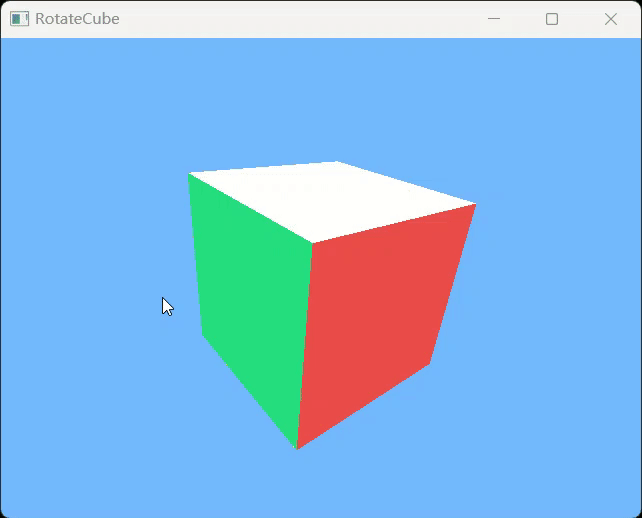
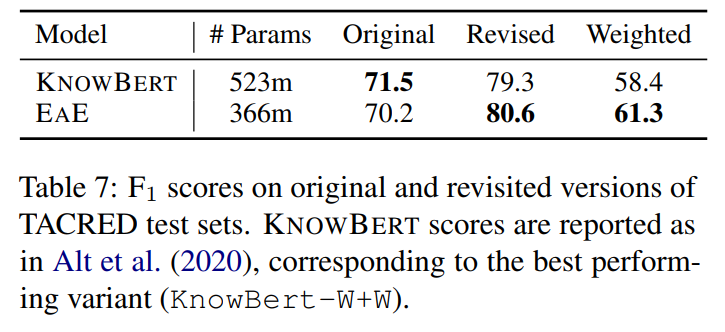
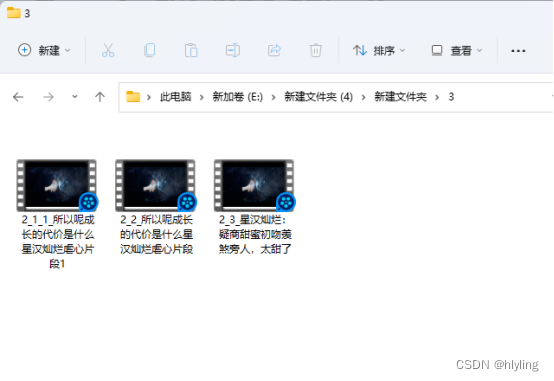

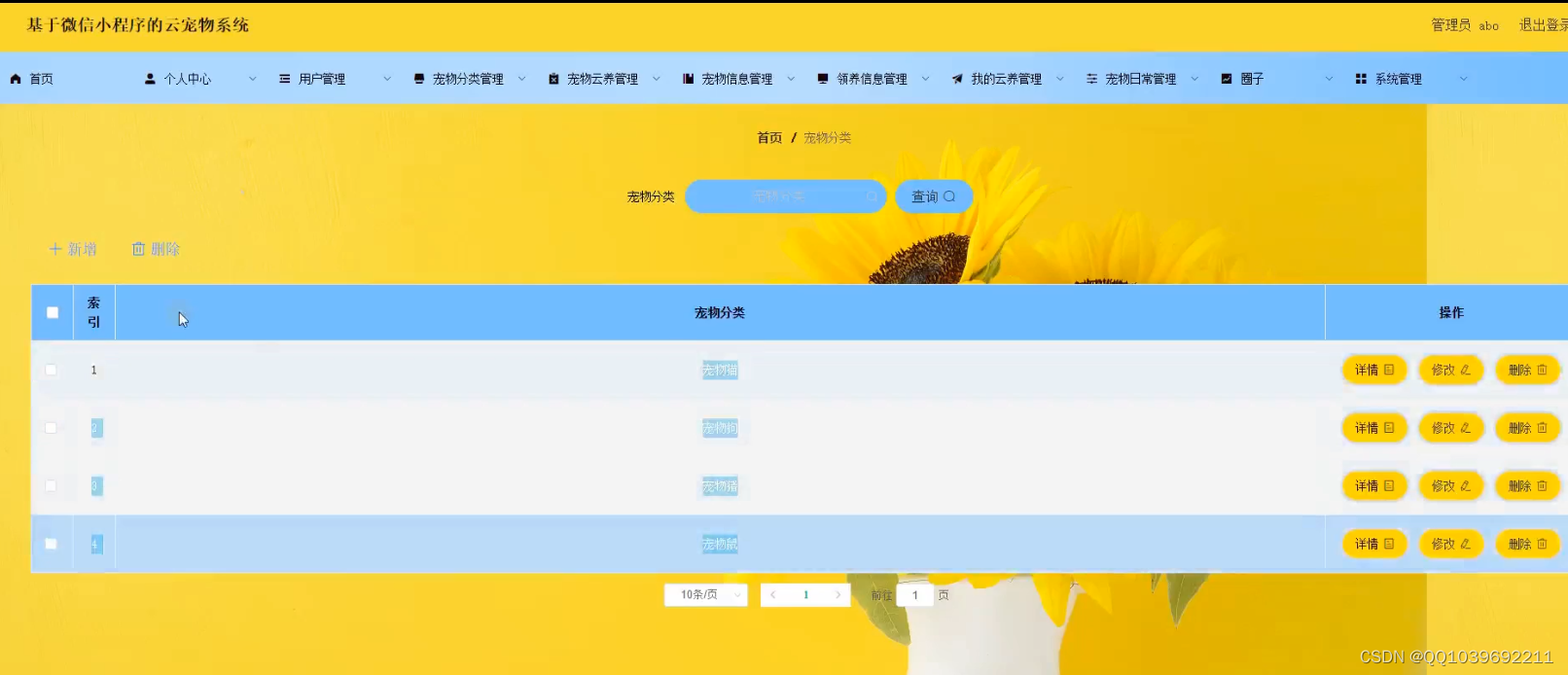
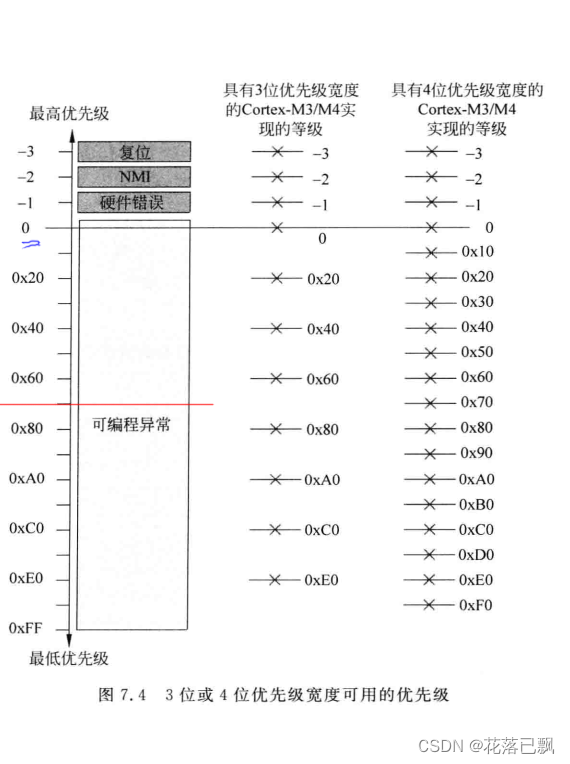

![[pyqt5]pyqt5设置窗口背景图片后上面所有图片都会变成和背景图片一样](https://img-blog.csdnimg.cn/9f977000e848427cb49ce42f54f66cba.jpeg)





